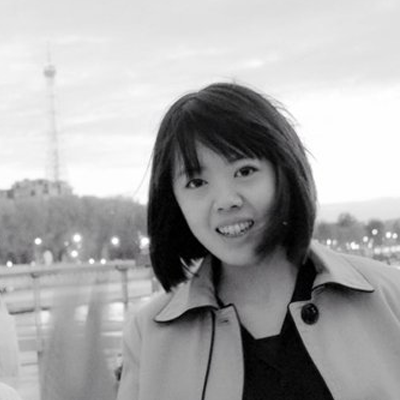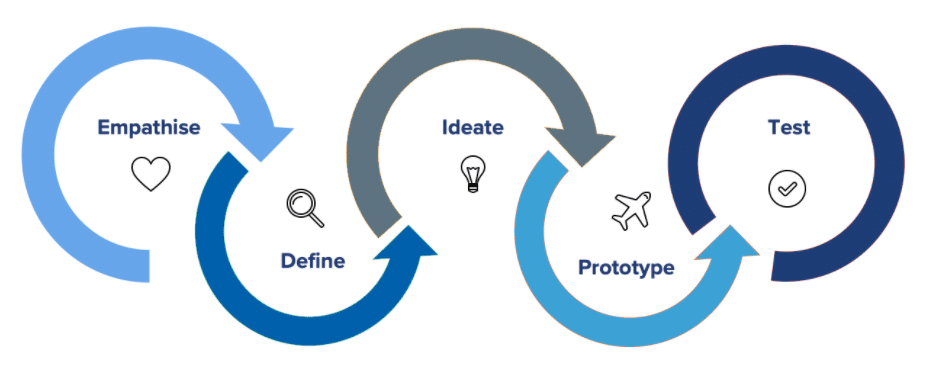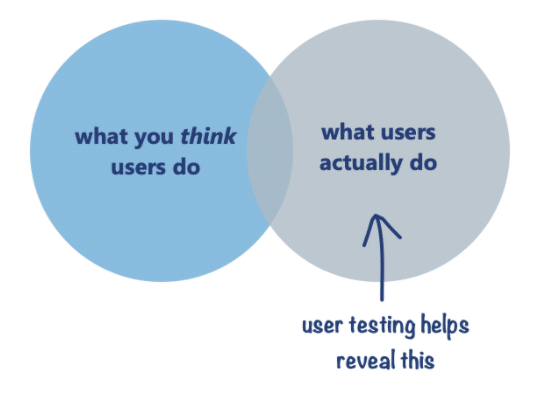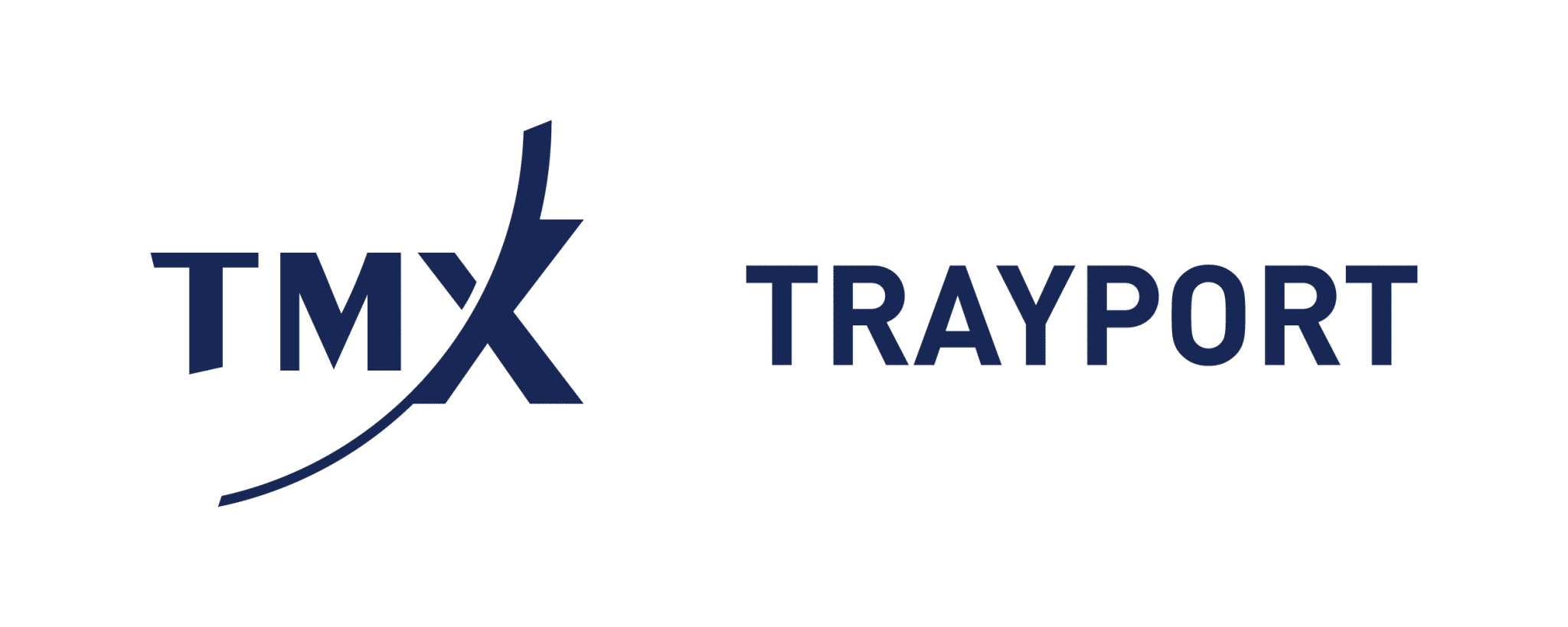The role of a UX designer (user experience designer) is an exciting and comprehensive one. Having joined this field a few years ago, I would like to shine a light on this evolving practice.
Here at Trayport, we develop a full suite of market-leading energy trading software for traders, brokers and exchanges, and I work as a Product Designer (commonly known as a UX Designer) within our Product Team.

Justine Shek
What is a UX (User Experience) Designer?
There are various specialist titles within the field of UX design such as visual(UI) designer, user researcher, product designer, UX strategist, service designer, and UX writer. However, the UX designer title is the most common one, which we’ll dissect in this blog. A UX designer is a generalist role who is involved throughout the entire design thinking process of a product, from research to ideation to prototyping to testing, in order to create a great experience for its users. A UI designer on the other hand, specifically takes care of the visual side; the icons, colour schemes, spacing, typography and the look and feel of an interface element such as a dropdown or a button.
What Makes Good UX Design?
User experience design is about developing and improving the interaction between a user and typically the digital interface of a product. It can also refer to the quality of the interactions between a company or a physical product. A great user experience is perceived when a user finds a product useful, usable and desirable. UX design embraces all aspects of a product such as interface design, usability, accessibility and more.

What makes a great user experience
Working as a UX Designer at Trayport
The purpose of my role is to ensure that any new features or new workflows are as frictionless and as pleasing as possible on the UX level and more specifically at the UI level. The benefits of having a role like this at Trayport is (i) to take the burden off the product team and the development team in making UI decisions and (ii) exploring alternative concepts with stakeholders in a more concrete way through high fidelity interactive prototypes.
There are of course the broader strategic goals to increase the UX maturity such as (i) aligning the look and feel of our products with the new branding (ii) socialising the UX practice with the rest of the company (iii) a greater understanding of our clients/users’ needs that go beyond feature requests and (iv) integrating UX activities into the product development cycle.
What Does My Day-to-Day Look Like?
Depending on the project I am on and the point at which I am involved in the development cycle, the day to day activities can vary and is rarely routine. If I’m working on a particular feature, it starts with a brief from Product, to understand what they’re after, review current issues and the user workflow. I then start to explore initial concepts through low fidelity (whiteboarding) and whittle it down to some high fidelity mockups, using a design tool, Sketch and a prototyping tool, Invision. Iterations are made after incorporating feedback from product owners and subject matter experts, which are then approved, keeping in mind at every stage the goal of the user and what they’re trying to achieve.
The development team can be involved earlier on to understand the technical constraints as well as to consider suggestions in light of those constraints, and then tweaking the designs further until everyone is satisfied. Sync ups or checkpoints are important to ensure we are on the same page when handing off to development. Invision (or Zeplin) is a good tool for hand off by including links in the ticket, and includes design specs using the ‘Inspect’ function.
The Importance of A User-Centric Design Process
The complete design process follows the order of research, defining (the problem), ideating, prototyping and testing.

Design Thinking Process
In a user-centred design process, users are considered at each stage, particularly involving them in the research and testing stages. This helps rule out assumptions or validate them.

Validating assumptions in a design
Involving the end user is important, however where it isn’t available then in-house Subject Matter Experts (such as those in our technical support and product teams) are the next best alternative for feedback. As UX maturity is developed, user testing stops being a luxury but a regular part of the product development cycle.
Why I Enjoy My Job
What I enjoy about the field of UX is that the practice is ever evolving as the technology evolves. A career in UX means that you are not limited to one particular domain; you can apply the same design principles in other industries. There is also a thriving community of practitioners to learn from and build connections with. Most importantly, it is advocating for the end user (while addressing business/legal/technical constraints) and improving the user’s experience with our product which is what makes the practice so rewarding.



